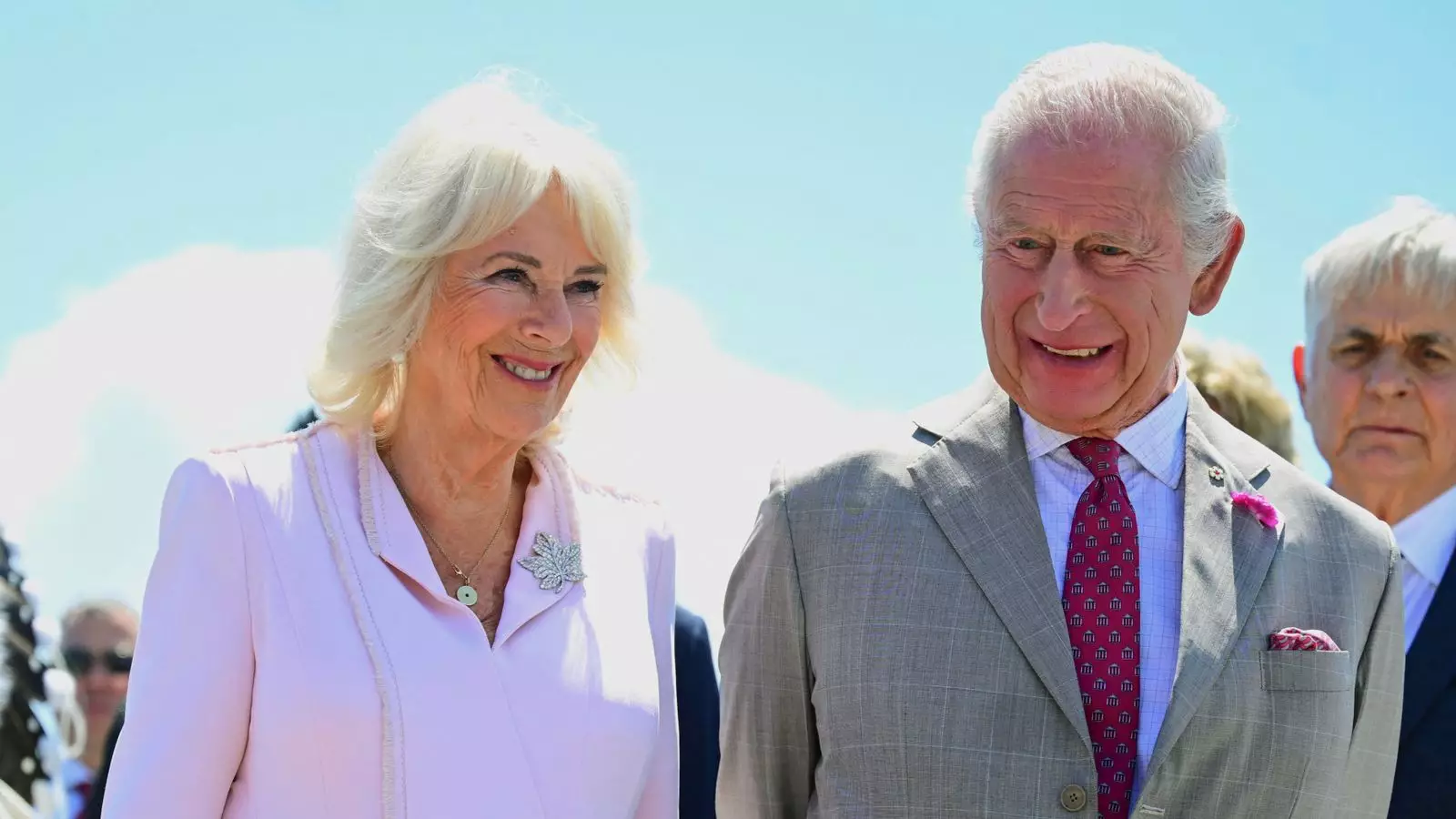In an era where public scrutiny of wealth and privilege has reached fever pitch, the recent disclosures regarding the Royal Family’s receipt of lavish gifts offers a formidable case study in the intersection of tradition, power, and public opinion. The revealing records from Buckingham Palace illustrate a fascinating, often perplexing world—one where a Rolls-Royce Cullinan Series II, gifted by Bahrain’s King Hamad bin Isa Al Khalifa, sits proudly at the heart of the royal roster. Valued at nearly $450,000, this vehicle epitomizes the level of extravagance bestowed upon a family that, let’s be honest, has rarely been shy about flaunting its affluence.
Gifts Beyond Measure
The lavishness doesn’t end with the luxury car. During the same month when King Charles III ascended the throne, he received a medley of tokens from various global leaders, reflecting not just diplomacy but an unspoken expectation surrounding the regal lifestyle. From unique Indigenous artifacts to correspondence with historical figures, these offerings signify a strange blend of respect and flaunting of riches. One can’t help but question whether these gifts are truly reflections of admiration or mere symbols of the royal privilege that often disregards the financial struggles of everyday citizens.
A Disparity of Values
The sheer volume of valuable gifts presents an uncomfortable dichotomy. While many families grapple with rising living costs and economic instability, the Royal Family continues to bask in astonishing opulence. That such gratuitous gifts are exempt from taxation only intensifies the sense of injustice felt by many in the public sphere. It raises a pertinent question: how can a monarchy that thrives on public goodwill reconcile its image with such flagrant displays of wealth? The very existence of the royal gift registry illustrates an inherent disconnect between the monarchy and the people it ostensibly serves.
The Illusion of Accountability
Despite the highly publicized nature of royal gifts, the rules that govern them—where they can be used but not owned and subsequently become part of a colossal Royal Collection—fuel a further narrative of opacity. The notion that gifts presented to the royals are held in trust for the nation is simply a convenient veil over the reality that these opulent offerings remain emblematic of a bygone era. The inability to sell, exchange, or fully embrace these gifts creates a prison of sorts, for both the recipient and the populace that watches.
A Call for Change
These revelations might conjure up romantic notions about monarchy, but they also beckon a critical reassessment of the royal institution itself. Should the monarchy evolve beyond its glittering veneer to embrace a more transparent, grounded form of governance? In an age where the public’s patience with elitism is wearing thin, there is a compelling need for the royals to showcase a relatable humanity—one that engages more actively with the pressing issues of poverty, inequality, and social justice that plague the nation.
In a landscape increasingly defined by economic disparity, the Royal Family must navigate this fragile terrain with both grace and wisdom, lest they appear as relics of an era that thrives on exclusivity rather than unity.


Leave a Reply